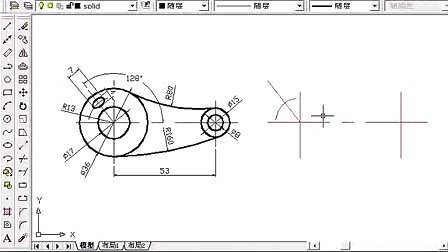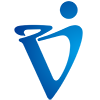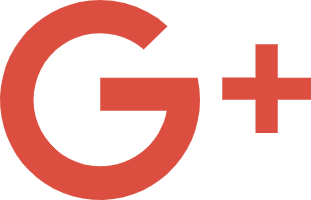
A project, product or program manager will utilize many tools to keep their product development projects in motion. One of the most useful resources to keep the team inspired and aligned is the product requirements document. The product requirement should be used as a guiding force during the entire project.
What is a PRD?
The PRD will include information about what they’re making, who they’re making it for, how it will be built, the timeline, key features, market analysis, the quality expectations and key stakeholders.
What kinds of products use a PRD?
A PRD is used for software development and product development of hardware, hard goods & soft goods.
Where does it stay?
It should be organized by the document owner (who is most likely the product or project lead), and the team involved should have access to it. Once complete it can be moved into the team’s wiki.
What are the benefits?
Among the many benefits of the product requirements document, it can help the team get organized, stay on track, analyze features, review testing protocols, list the criteria for success, identify potential risks or obstacles and understand how the customer will interact with the product or feature.
What are some of the risks to a PRD?
If a PRD is written too specifically, it can cause the team to limit creativity, develop assumptions on the features or customers and steer people from asking questions. A PRD that is too generic or vague can cause confusion or worse, not be used by the team at all.
What should be included in a PRD?
A product requirements document should be organized and updated frequently. The documentation should demonstrate the product you’re working on, the manager leading the project, the date of creation and the document version. From there you will identify the background and context of the project along with what you’re solving for and the users’ needs.
The product requirements document will then go into explaining the company, the vision, goals, product positioning and stakeholders. Each of the above listed will be filled in with details that relate to this product or feature. Stakeholders may include the factory, the quality agent, management and team involved in bringing the product to life. Another example is that vision may include high level hopes for the feature that align with the company’s mission.
The next part of the PRD will explain the user stories. These are going to be potential customers or users that will benefit from the use of your product and how they may utilize what you’re bringing to the market. You should list around two to three examples of this. This should be brainstormed with your sales, marketing, customer service and product team to assure people are aligned on the expectations and use cases.
One of the most challenging parts is the aspects section that will clearly list out, by number, the requirements of each element when it comes to product design, functionality, interactivity, customization, manufacturing and regulations.
The final part of the PRD will go over assumptions, milestones, resources, appendix and glossary. This section should be utilized to include any type of competitor analysis, high level calendar, open questions and other attachments that are relevant to the project.
The PRD should then be able to be referenced and shared with the team who will be participating in different quality, sourcing and development tasks. This can include identifying and pursuing certifications that the factory must have, product testing capacity, initial high level milestones and features (both functional and cosmetic) that must be complied with. If done right, the product requirements document can be a great tool to drive forward the development of your new product.
Consult Victure for more information about this topic
Join the following LinkedIn groups for product sourcing-
China Sourcing- China Sourcing, Networking, Import, Export, Trading, Manufacturing | Groups | LinkedIn
Green Economy- Sustainable, Circular, Green Economy Forum, Networking, Supply Chain | Groups | LinkedIn
Vietnam Sourcing- Vietnam Sourcing, Networking, Import, Export, Trading, Manufacturing, Supply Chain | Groups | LinkedIn
Indian Sourcing- India Sourcing, Networking, Import, Export, Trading, Manufacturing, Supply Chain | Groups | LinkedIn
Asia Sourcing- Asia Sourcing, Networking, Import, Export, Trading, Manufacturing, Supply Chain | Groups | LinkedIn
Gifts and Premiums- Gifts and Premiums | Groups | LinkedIn

October 13, 2023
Ultimate Guide for Canton Fair TourLow and High Production

July 08, 2021
Low and High ProductionLow and High Production

June 30, 2021
CAD, BOM, DFM & IPLow and High Production

June 17, 2021
Order Volume ConsiderationsLow and High Production

June 03, 2021
Mistakes When Approaching FactoriesLow and High Production












